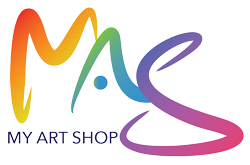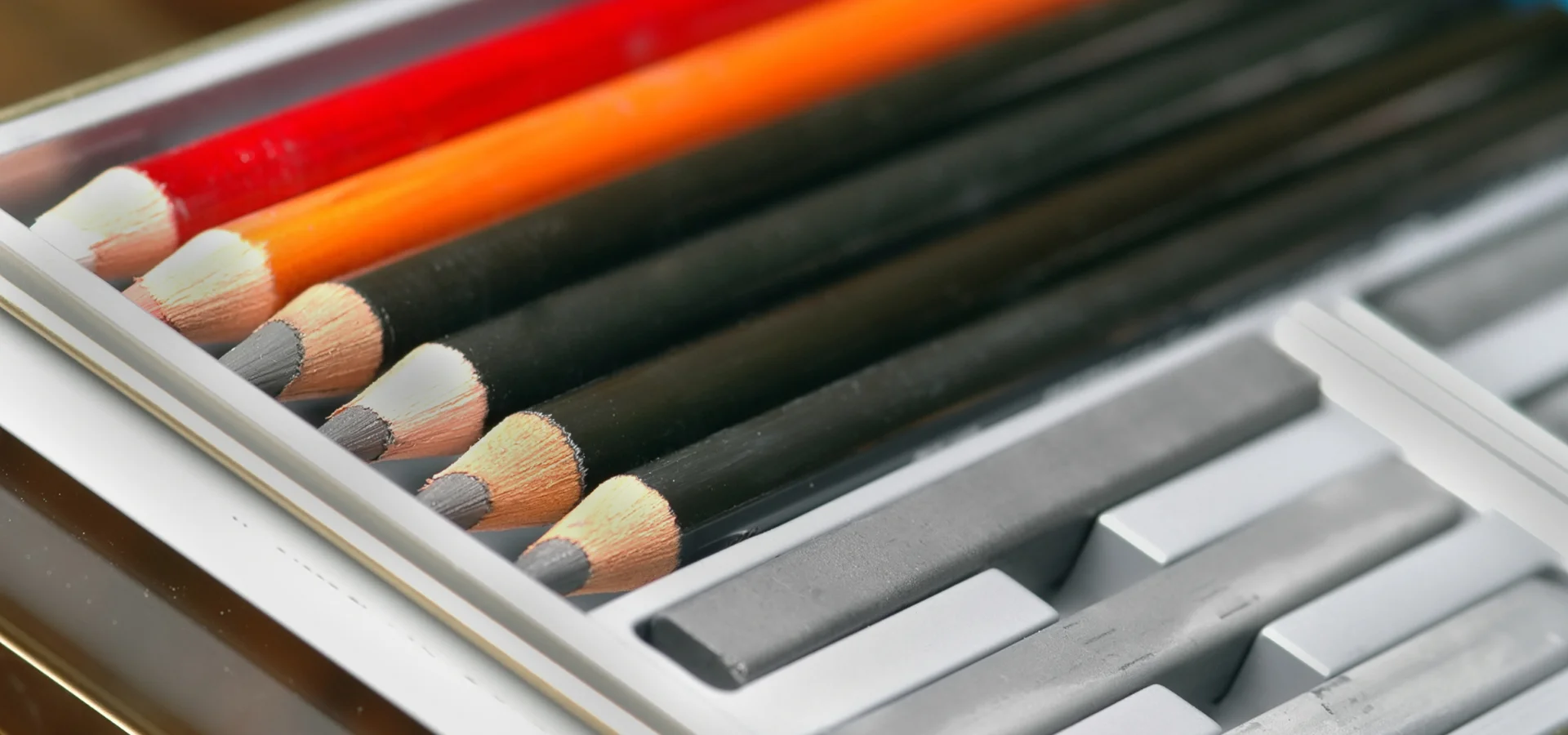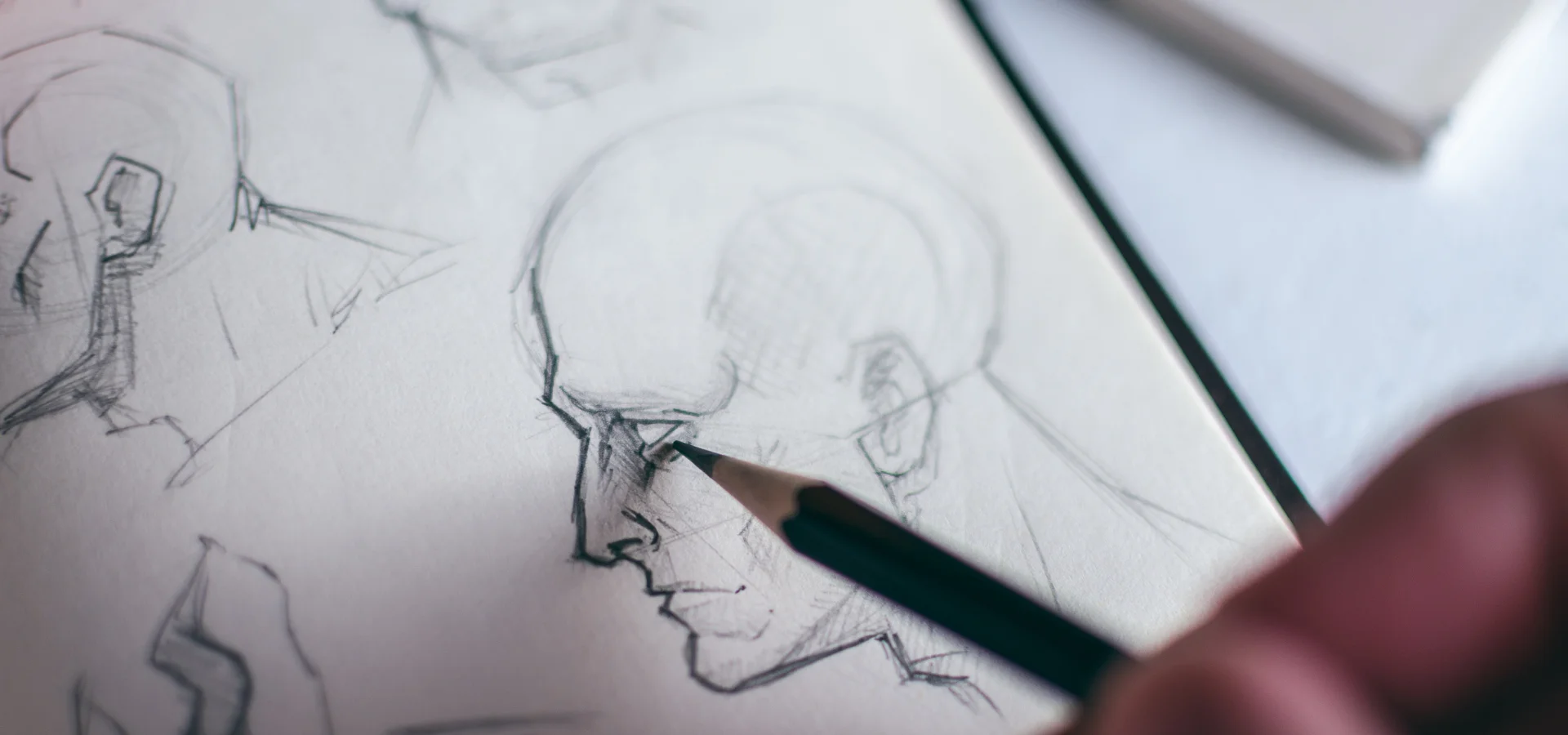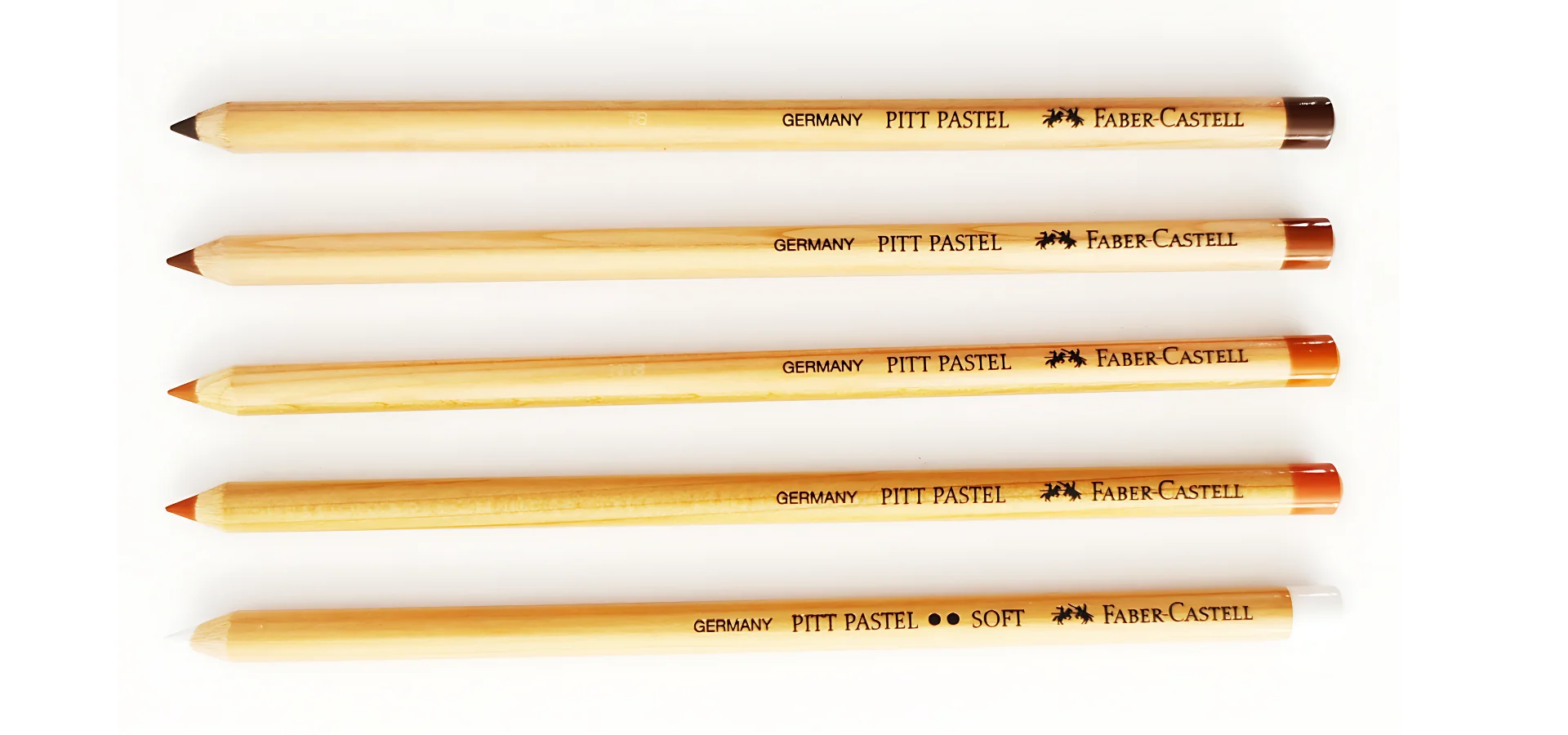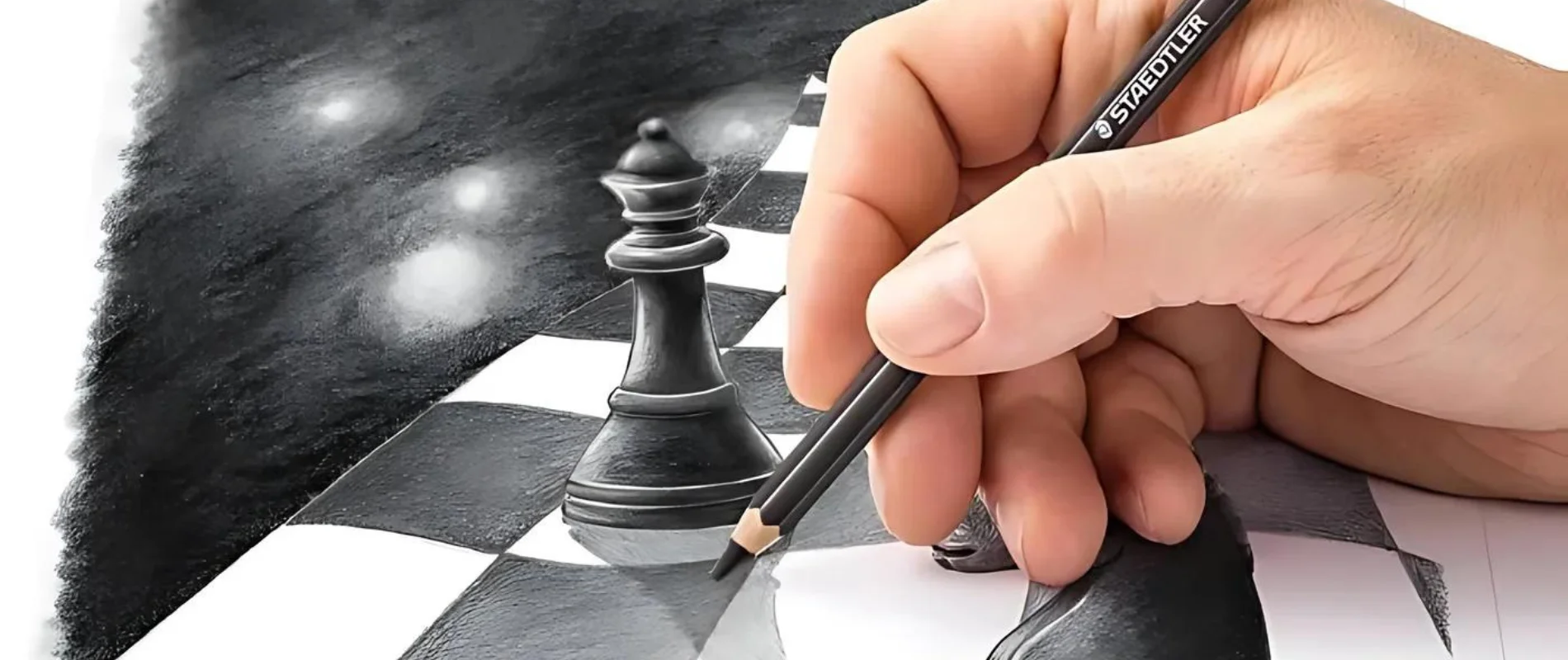
Exploring Staedtler Mars Lumograph Pencils
Staedtler Mars Lumograph pencils are a favourite among artists for a reason. Known for their versatility and lead formulation excellence, these professional sketching pencils cater to a wide range of artistic needs.
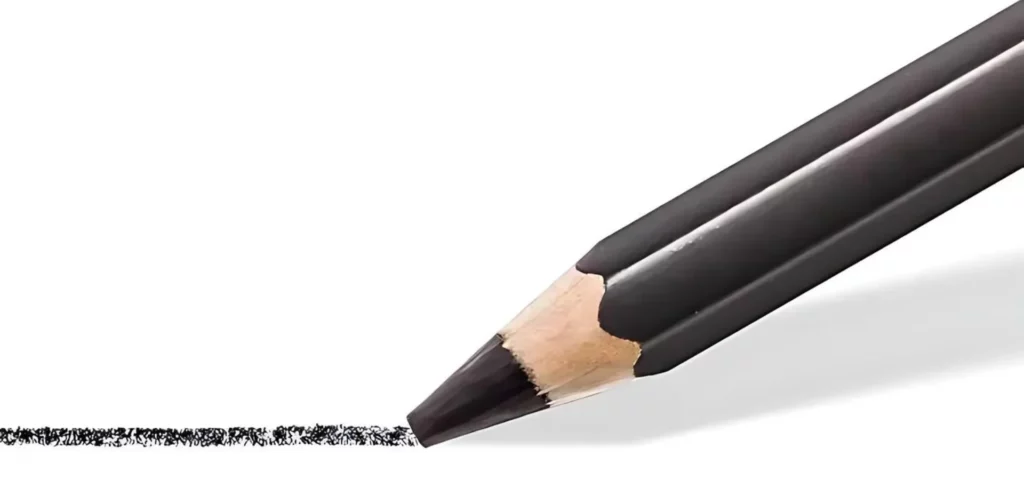
Features and Versatility
Staedtler Mars Lumograph pencils are designed to be the Swiss army knife of sketching tools. Whether he is writing, drawing, sketching, hatching, or working on professional graphic projects, these pencils have got it covered (My Art Shop). Their versatility extends to various surfaces including paper and matte drawing film.
Highlights of Staedtler Mars Lumograph include:
- High-quality lead formulation: This ensures a premium drawing experience, producing a metallic lustre and a rich range of grey tones.
- Remarkable break-resistance: Thanks to a specialized lead formulation and super-bonded lead, artists can sketch away without constant sharpening due to broken tips.
- Extensive grade range: Offering from 10H to 12B, these pencils cater to any shading or detailing needs artists may have.
For the artist multitasker, versatility is key. Staedtler Mars Lumograph pencils provide reliability across various techniques, making them a go-to choice in the professional sketching world.
Lead Formulation Excellence
The magic behind Staedtler Mars Lumograph pencils lies in their superior lead formulation. The perfect balance between graphite and clay ensures that the pencils glide smoothly while providing the right degree of hardness or softness (Interwell Stationery), ideal for precision work as well as dynamic shading. Here’s a breakdown of their lead characteristics:
| Lead Grade | Composition (Graphite:Clay) | Ideal Use Case |
|---|---|---|
| 10H to 6H | High Clay | Precise, clean lines, technical drawings |
| 5H to H | Moderate Clay | Fine detail sketches, underdrawings |
| F to HB | Balanced | General sketching, writing |
| B to 4B | Moderate Graphite | Shading, texturing |
| 5B to 12B | High Graphite | Dark, bold marks, deep shading |
Not only do these pencils cover a broad spectrum of artistic necessities, but they also provide consistent and reliable performance. Artists don’t have to worry about constant inconsistency in lead darkness or unnecessary breakage, enabling them to focus more on their art rather than on their tools.
For the curious and detail-oriented artists, checking out wooden vs. mechanical pencils can further enrich one’s understanding of how different pencil types impact sketching.
Whether you’re deep into intricate portraits or expansive landscapes, the Staedtler Mars Lumograph range offers a comprehensive solution to meet your artistic needs. Dive into the world of professional sketching pencils with confidence using these versatile and reliable tools.
Comparing Pencil Types
In the realm of professional sketching pencils, two popular contenders seek the spotlight: wooden pencils and mechanical pencils. Each has its own unique characteristics and uses that make them suitable for different artistic endeavours.
Wooden vs. Mechanical Pencils
When it comes to wooden pencils, these are the traditional, faithful companions of many artists. Made from the humble combination of graphite and clay, the balance between these materials determines the hardness or softness of the lead. More clay makes for harder leads, perfect for crisp, clean lines. More graphite yields softer leads, ideal for shading and expressive strokes.
Mechanical pencils, on the other hand, bring a modern twist to sketching. They offer consistent sharpness and are refillable, making them a convenient choice for on-the-go creativity. Mechanical pencils also feature various lead sizes, catering to a variety of line widths and artistic techniques.
| Features | Wooden Pencils | Mechanical Pencils |
|---|---|---|
| Sharpening | Requires regular sharpening | No sharpening needed |
| Reusability | Single-use (consumable) | Refillable leads |
| Lead Variety | Wide range of hardness grades available | Typically available in fewer grades |
| Cost | Generally less expensive per pencil | Higher initial cost but longer-lasting |
| Consistency | Lead wears down, affecting line quality | Consistent line quality throughout use |
| Portability | Simple to carry but need additional tools (sharpener) | Highly portable and convenient (no additional tools) |
Pros and Cons
Both wooden and mechanical pencils have their own set of pros and cons, beloved by artists for different reasons. Here’s a closer look:
Wooden Pencils:
Pros:
- Wide range of hardness grades, from 9H to 9B
- Richer, more varied tonal values
- Suitable for broad, sweeping strokes and fine lines
Cons:
- Requires frequent sharpening
- Can be less convenient to carry around due to need for sharpener
- Lead can break more easily if not handled gently
Mechanical Pencils:
Pros:
- Consistent line quality, minimal need for sharpening
- Refillable leads make them cost-effective over time
- Variety of lead sizes for different artistic styles
Cons:
- Fewer hardness grades available
- Can be more expensive initially
- Less suited for broad shading techniques due to constant line consistency
For artists looking to experiment with different pencil types, understanding these properties and differences is crucial. Dive into the world of professional sketching pencils and find the tools that best match your artistic expression!
Artist’s Choice: Recommended Brands
Selecting the right tool for your artistic escapades is akin to a knight choosing their sword. In this section, we’ll have a showdown between some of the titans of the professional sketching pencil world. Our contenders: Staedtler vs. Bic Pencils and Faber-Castell vs. Koh-I-Noor Pencils.
Staedtler vs. Bic Pencils
You’re an artist on a mission, and your pencil should be your trusty sidekick. Let’s break it down between Staedtler Mars Lumograph and Bic Mechanical Pencils:
| Feature | Staedtler Mars Lumograph | Bic Mechanical Pencils |
|---|---|---|
| Lead Quality | High-quality lead formulation with metallic lustre and diverse grey tones (My Art Shop) | Smudge-free lead, no sharpening needed (New York Magazine) |
| Break-Resistance | Super-bonded lead for remarkable break-resistance (My Art Shop) | Good break-resistance, designed for everyday use |
| Range of Grades | Versatile, available in a wide range of hardness levels (My Art Shop) | Limited to standard mechanical pencil options |
| Precision | Excellent for detailed work, smooth application | High precision, ideal for quick sketches and sharp lines |
Staedtler Mars Lumograph pencils are the premium choice for those seeking versatility and a luxurious drawing experience. Check out our full range in the Staedtler Mars Lumograph Collection.
Faber-Castell vs. Koh-I-Noor Pencils
Now, let’s enter the arena with Faber-Castell Charcoals and Graphites against Koh-I-Noor Hardtmuth’s ‘Toison d’Or’ pencils:
| Feature | Faber-Castell Charcoals and Graphites | Koh-I-Noor ‘Toison d’Or’ |
|---|---|---|
| Lead Quality | High-grade, smooth, and consistent leads | Great range, extreme tonal gradation (Anna Bregman Portraits) |
| Durability | Durable, crafted for professional artists | Reliable but with some inconsistencies (Anna Bregman Portraits) |
| Range of Grades | Extensive range, perfect for varied artistic needs | Wide range from 10H to 8B |
| Artistic Applications | Ideal for mid-tone and dark-tone painting, portrait sketching, and more | Affordable option with robust performance |
Faber-Castell pencils offer precision and consistency, excellent for artists aiming for professional-grade sketches. Explore the Faber-Castell Charcoals and Graphites for high-quality sketching needs.
Selecting the right pencil can be a game-changer for your art. Whether you opt for the reliability and premium feel of Staedtler, the convenience of Bic, the smooth application of Faber-Castell, or the cost-effectiveness of Koh-I-Noor, your sketches will surely rock!
Professional Sketching Pencils Range
When it comes to professional sketching pencils, choosing the right tools can make a world of difference between drawing a stick figure and a masterpiece. But fear not, dear artists, for we’re about to dive into the best of the best in the sketching world: Staedtler Mars Lumograph and Faber-Castell Charcoals and Graphites.
Staedtler Mars Lumograph Collection
The Staedtler Mars Lumograph Collection is the superhero of sketching pencils. With a wide range of grades from 10H to 12B, it offers a cornucopia of grey tones that would make fifty shades blush (My Art Shop).
| Grade | Hardness Level | Lead Diameter (mm) |
|---|---|---|
| 10H – 9H | Extra Hard | 2.0 |
| 8H – 6H | Very Hard | 2.0 |
| 4H – H | Hard | 2.0 – 2.5 |
| HB – 2B | Medium | 2.5 – 2.9 |
| 3B – 5B | Soft | 3.2 – 3.5 |
| 6B – 12B | Very Soft | 4.0 – 4.5 |
Figures courtesy of Anna Bregman Portraits
These pencils come in delightful metal cases containing 6, 12, or 24 pieces, making them not only functional but quite the eye-candy for artists (My Art Shop). Crafted from PEFC-certified, sustainably managed forests, these pencils are the eco-warrior’s choice.
The lead formulation is exceptional – providing break-resistance that will save the day (and your sanity) when you’re deep into a detailed sketch. The Staedtler Mars Lumograph pencils deliver a polished finish and perform consistently.
For those craving a darker, matte finish, the Mars Lumograph Black Pencils should be your go-to. These high-quality drawing tools contain a high proportion of carbon to produce a jet-black finish that would make Batman proud (My Art Shop).
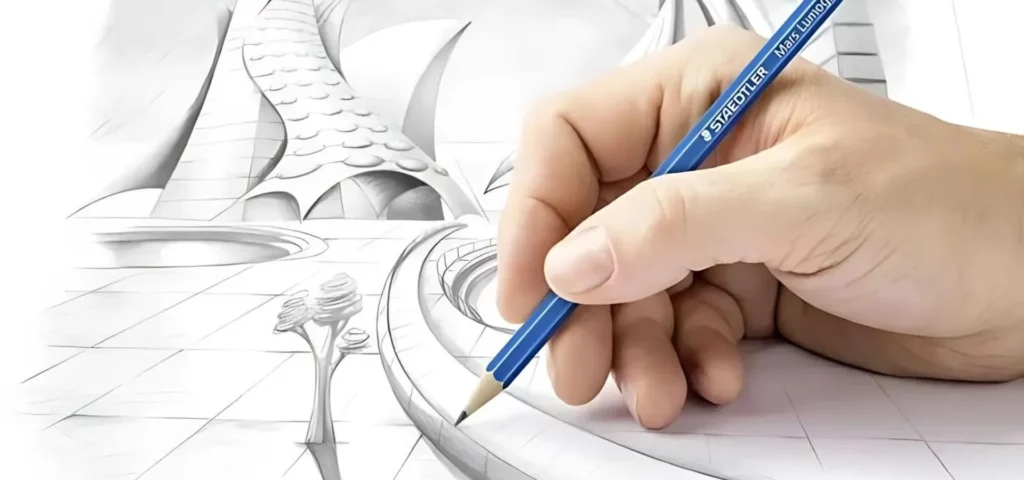
Selecting the Right Pencil Grades
Artistic expression begins with the right tools, and in the world of professional sketching pencils, selecting the right pencil grades can make a significant difference. Pencil grades vary from hard (H) to soft (B), with each grade offering unique tonal values and applications.
Tonal Values and Applications
Pencil leads consist of a graphite-clay mixture, with the balance between the two determining the hardness. More clay results in a harder pencil (H), while more graphite makes for a softer one (B) (Interwell Stationery).
Hardness Grades (H)
- Ideal for: Technical drawing, light lines, precise details.
- Grades: H, 2H, 4H, 6H, 9H.
- Notable Use: Creates fine, clean lines without the risk of smudging.
Softness Grades (B)
- Ideal for: Expressive sketches, rich shading, and deep tones.
- Grades: B, 2B, 4B, 6B, 9B.
- Notable Use: Perfect for creating dark, bold lines and smooth shading.
Common Grades (HB, F)
- Ideal for: Everyday writing, light sketches.
- Grades: HB, F.
- Notable Use: Versatile for general use, offering balanced hardness and darkness.
| Pencil Grade | Hardness | Common Use |
|---|---|---|
| H | Hard | Technical drawing, light lines |
| HB | Medium-Hard | Everyday writing, basic sketching |
| B | Soft | Expressive sketches, shading |
| 2H | Very Hard | Very light marks, fine details |
| 4B | Very Soft | Dark shading, deep tones |
Impact on Artistic Expression
The choice of pencil grade has a significant impact on the artistic expression of a piece. Here’s how different grades can be employed:
Light and Precise Lines (H Grades)
- Best for detailed architectural drawings, where precision is key.
- Reduces smudging, making it ideal for clean, controlled lines.
- Handy for initial sketching and fine-tuning details.
Rich and Dark Tones (B Grades)
- Essential for delivering depth and dimension through shading.
- Helps create expressive and emotive artworks with bold lines.
- Ideal for full-bodied sketches, portraits, and dynamic scenes.
Balanced Techniques (HB and F Grades)
- Offers versatility, suitable for a range of techniques.
- Useful for both sketching and writing, blending hardness with smoothness.
- Reliable for beginners learning to navigate between hard and soft pencils.
Experimenting with different grades within the Staedtler Mars Lumograph range, including their collection of graphite pencils, can help artists find the perfect balance. Whether it’s the precise accuracy of H or the deep shading of B, there is a professional sketching pencil to match every artistic need.
